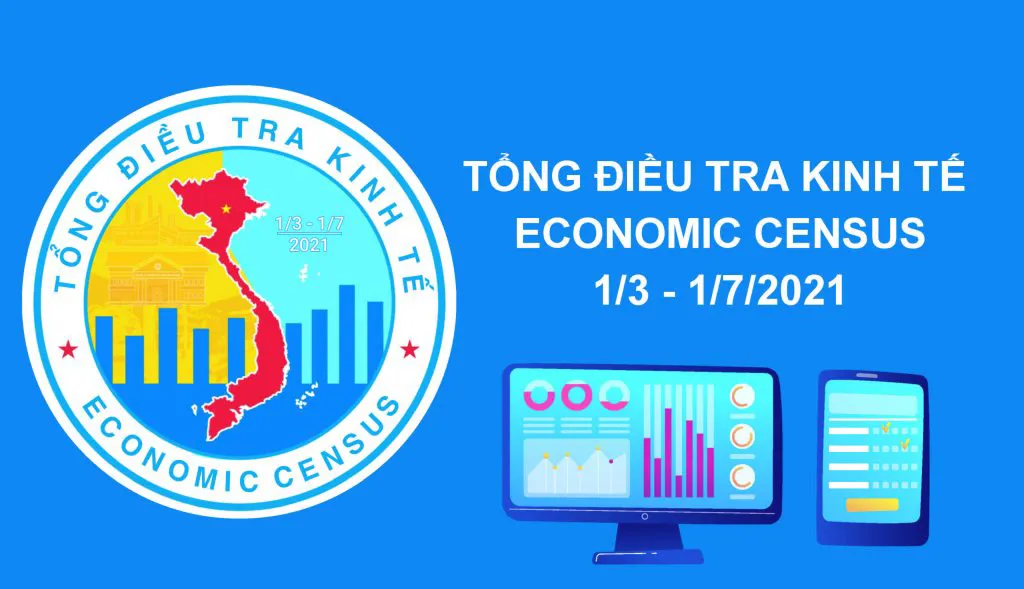Vietnams starts conducting national 2021 economic census today
The main objective of the national economic census is to serve as the foundation for the calculation of the country’ GDP and GRDP data.
The General Statistics Office (GSO) today [March 1] starts conducting the national 2021 economic census, which is taken every five years, with the preliminary result set to publish in December 2021 and the final one in the second quarter of 2022.
| The data collection period is set to take place from March 1 to July 30, 2021 on various economic component groups. Source: GSO |
“The main objective of the national economic census is to evaluate Vietnam’s socio-economic development process in the past five years, serving as the foundation for the calculation of the country’ GDP and GRDP data, as well as the formulation of strategies in the 2021-25 period,” Director General of GSO Nguyen Thi Huong said in an interview on the national television yesterday [February 28].
According to Huong, the statistics authorities will be able to collect data from different economic components and assess their development in terms of quantity, scale and number of employees, in turn having a better understanding on the structure of the economy and the efficiency of the current economic restructuring process.
One of the key changes for this economic census is the use of advanced methods for data collection and processing, including computer-assisted personal interview (CAPI) for surveys, which helps to shorten time for surveying and ensure information transparency, said Huong.
The target in this national 2021 economic census include manufacturing facilities, businesses, public administration service units, associations, non-governmental agencies in Vietnam, and religious groups.
The GSO will collect information via 22 questionnaires in online platforms or direct interviews.
The data collection period is set to take place from March 1 to July 30, 2021 on various economic component groups.
The 2017 national economic census revealed out of 5.86 million economic and administrative units, the business sector recorded the highest growth with 517,900 enterprises and 14 million employees, reflecting the effective realization of the 2012-2017 socio-economic development plan in creating favorable condition for the growth of the private sector.
Business households made up a lion’s share of 5.1 million units with 8.7 million workers.
The previous economic census also reflected shortcomings of the business community, including a declining trend in size of enterprises and number of workforce, or weak linkage among business households.










